Intro
Learn about Hydrocodone Acetaminophen 5 325mg, a pain reliever combining hydrocodone and acetaminophen for moderate pain management, with dosage, side effects, and interactions.
The combination of hydrocodone and acetaminophen, commonly known as Vicodin or Lortab, is a widely prescribed medication for managing moderate to severe pain. Hydrocodone acetaminophen 5 325mg is a specific dosage of this medication, where 5mg of hydrocodone is combined with 325mg of acetaminophen. Understanding the components, uses, side effects, and precautions of this medication is crucial for both healthcare providers and patients.
Hydrocodone is an opioid analgesic that works by binding to opioid receptors in the brain and spinal cord, reducing the perception of pain. Acetaminophen, on the other hand, is a non-opioid analgesic and antipyretic that helps to reduce fever and relieve pain. The combination of these two drugs enhances their individual pain-relieving effects, allowing for a lower dose of each to be used, which can help minimize side effects.
The hydrocodone acetaminophen 5 325mg dosage is often prescribed for short-term management of acute pain that is moderate to moderately severe, such as pain following dental or surgical procedures, and for chronic pain management in some cases. It's essential to follow the prescription instructions carefully, as misuse or abuse of this medication can lead to dependence, overdose, or even death.
How Hydrocodone Acetaminophen Works
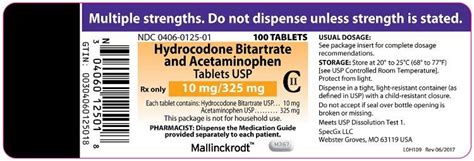
The mechanism of action of hydrocodone acetaminophen involves the synergistic effect of both drugs. Hydrocodone acts on the central nervous system to alter the perception of and response to pain, while acetaminophen is thought to inhibit the production of prostaglandins in the brain, which are substances that cause pain. By combining these two drugs, patients can experience significant relief from pain with potentially fewer side effects than if they were taking higher doses of either drug alone.
Benefits of Hydrocodone Acetaminophen 5 325mg
The benefits of this medication include its effectiveness in managing moderate to severe pain, its relatively fast onset of action, and the convenience of having both a narcotic and non-narcotic pain reliever in one tablet. Additionally, the fixed-dose combination may help reduce the risk of misuse compared to having the components prescribed separately.Side Effects and Risks
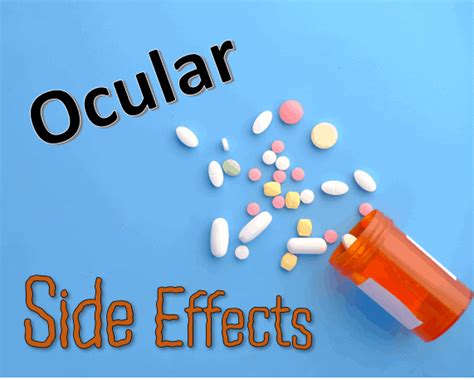
Like all medications, hydrocodone acetaminophen 5 325mg can cause side effects. Common side effects include drowsiness, dizziness, nausea, vomiting, constipation, and headache. More serious side effects can include respiratory depression, especially in elderly or debilitated patients, and liver damage due to the acetaminophen component, particularly when taken in high doses or for extended periods.
Precautions and Contraindications
It's crucial to inform healthcare providers about any history of substance abuse, respiratory problems, liver or kidney disease, or if the patient is taking any other medications, especially those that can interact with hydrocodone or acetaminophen. This medication is contraindicated in patients with known hypersensitivity to hydrocodone or acetaminophen and should be used with caution in the elderly and in patients with compromised respiratory function.Dosage and Administration
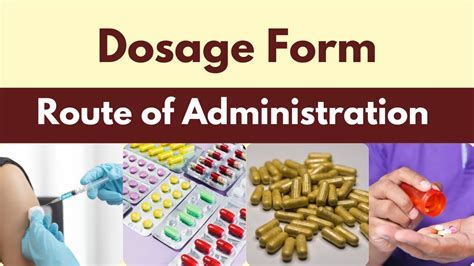
The dosage of hydrocodone acetaminophen 5 325mg should be individualized according to the severity of the pain and the patient's response. The usual adult dosage is one or two tablets every four to six hours as needed, not to exceed eight tablets in 24 hours. It's essential to follow the prescribed dosage regimen and not to exceed the recommended dose to minimize the risk of side effects.
Overdose and Dependence
Overdose of hydrocodone acetaminophen can occur, with symptoms including respiratory depression, somnolence progressing to stupor or coma, skeletal muscle flaccidity, cold and clammy skin, constricted pupils, and, in some cases, pulmonary edema, bradycardia, hypotension, partial or complete airway obstruction, atypical snoring, and death. Dependence and withdrawal are also risks with long-term use, even at therapeutic doses.Interactions with Other Medications
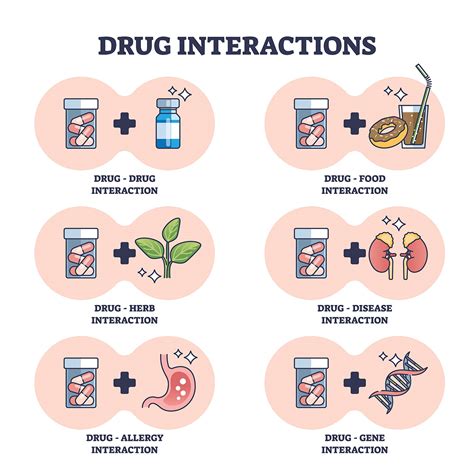
Hydrocodone acetaminophen 5 325mg can interact with other medications, including other opioids, benzodiazepines, sedatives, hypnotics, tranquilizers, general anesthetics, phenothiazines, and other central nervous system depressants, which can increase the risk of respiratory depression, sedation, and death. It's also important to note interactions with medications that affect liver enzyme activity, as these can alter the metabolism of hydrocodone and acetaminophen.
Patient Education
Patients should be educated on the proper use of hydrocodone acetaminophen 5 325mg, including the dosage regimen, potential side effects, and the risks of misuse, abuse, and dependence. They should also be advised to keep the medication out of reach of children and to dispose of unused tablets properly.Conclusion and Future Directions

In conclusion, hydrocodone acetaminophen 5 325mg is a valuable medication for the management of moderate to severe pain. However, its use requires careful consideration of the benefits and risks, adherence to the prescribed dosage, and monitoring for potential side effects and interactions. Future research should focus on developing safer, more effective pain management strategies and on improving patient education and adherence to prescribed pain management regimens.

As healthcare continues to evolve, so does our understanding of pain management. The development of new medications and therapies, coupled with a better understanding of the risks associated with opioid use, will be crucial in addressing the complex issues surrounding pain management.
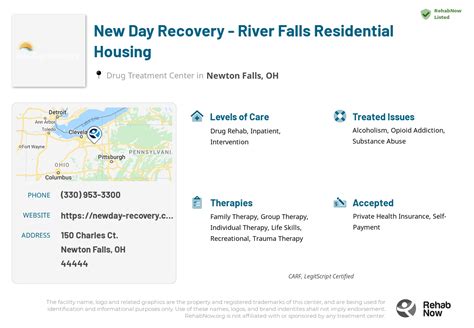
New therapies and medications are being researched and developed to provide safer alternatives for pain management. These include non-opioid analgesics, interventional procedures, and alternative therapies such as acupuncture and physical therapy.

Alternative therapies offer patients a range of options for managing pain without the use of opioids. These therapies can be used alone or in conjunction with other treatments to provide comprehensive pain management.
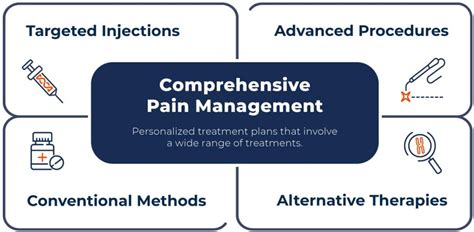
Comprehensive pain management involves a multidisciplinary approach, incorporating medication, therapy, and lifestyle changes to address the physical, emotional, and psychological aspects of pain. This approach can lead to more effective and sustainable pain relief.
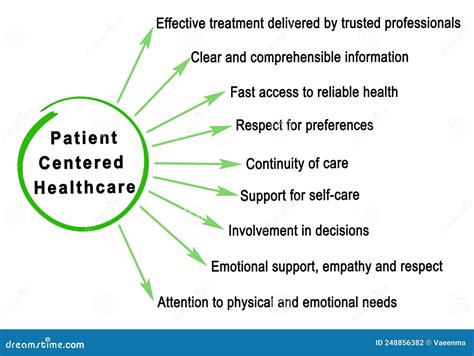
Patient-centered care is at the heart of effective pain management. By prioritizing patient needs, preferences, and values, healthcare providers can deliver care that is tailored to the individual, leading to better outcomes and higher patient satisfaction.

Effective pain relief strategies involve a combination of pharmacological and non-pharmacological interventions. By understanding the complex factors that contribute to pain, healthcare providers can develop personalized treatment plans that address the unique needs of each patient.

Personalized pain management is the future of pain care. By leveraging advances in genetics, genomics, and precision medicine, healthcare providers can tailor pain treatment to the individual, leading to more effective and targeted therapies.
What is hydrocodone acetaminophen 5 325mg used for?
+Hydrocodone acetaminophen 5 325mg is used for the management of moderate to severe pain.
How does hydrocodone acetaminophen work?
+Hydrocodone acts on the central nervous system to alter the perception of and response to pain, while acetaminophen inhibits the production of prostaglandins in the brain, which cause pain.
What are the common side effects of hydrocodone acetaminophen 5 325mg?
+Common side effects include drowsiness, dizziness, nausea, vomiting, constipation, and headache.
We invite readers to share their experiences or ask questions about hydrocodone acetaminophen 5 325mg in the comments section below. Your input can help others understand this medication better and make informed decisions about their pain management. Sharing this article with others who might benefit from this information is also appreciated. Together, we can work towards providing comprehensive and accessible information on healthcare topics.
